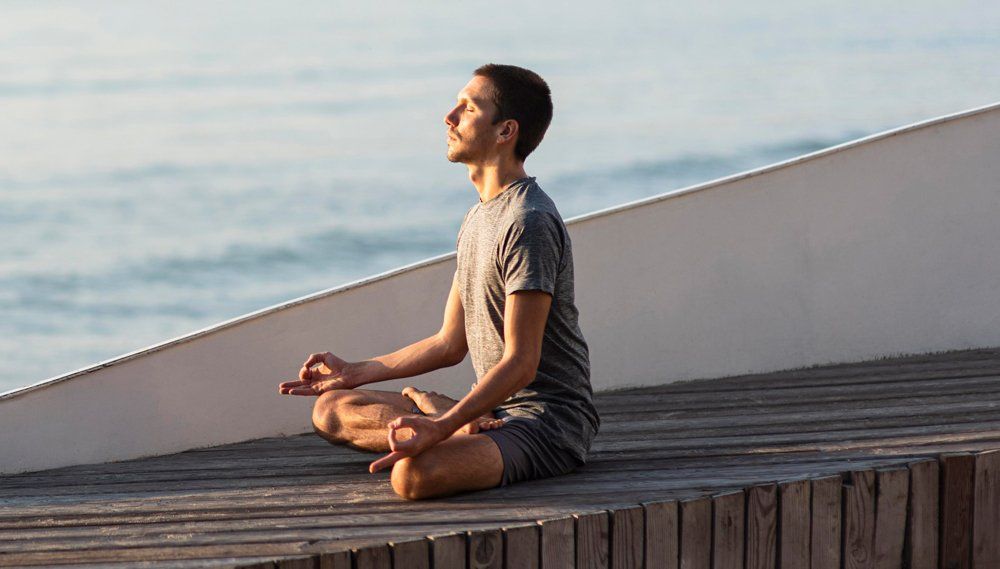BLOG

Water is the main source of energy of the body. Water generates electrical and magnetic energy inside each and every cell of the body. Water is the bonding adhesive in the architectural design of the cell structure. Water prevents DNA damage and makes its repair mechanisms more efficient. Water is the main solvent for all foods, vitamins and minerals. It is used in the breakdown of food into smaller particles and their eventual metabolism and assimilation. Water energizes food and food particles are then able to supply the body with this energy during digestion. Water increases the body’s rate of absorption of essential substances in food. Water is used to transport all substances inside the body. Water increases the efficiency of red blood cells in collecting oxygen in the lungs. When water reaches a cell, it brings the cell oxygen and takes the waste gases to the lungs for disposal. Water clears toxic waste from different parts of the body and takes it to the liver and kidneys for disposal. Water is the main lubricant in the joint spaces and helps prevents arthritis and back pain. Water is used in the spinal discs to make them ‘shock-absorbing’ water cushions. Water is essential for the body’s cooling (sweat) and heating (electrical) systems. Water gives us power and electrical energy for all brain functions. Water is directly needed for the efficient manufacture of all neurotransmitters. Water is directly needed for the production of all hormones made by the brain. Water can help prevent attention deficit disorder in children and adults. Water increases efficiency at work; it expands your attention span. Water restores normal sleep rhythms. Water helps reduce fatigue. Water makes the skin smoother and helps decrease the effects of ageing. Water is absolutely vital for making the immune system more efficient in different regions to fight infections. Water dilutes the blood and prevents it from clotting during circulation. Water decreases premenstrual pains and hot flushes. The human body has no stored water to draw on during dehydration. This is why you must drink regularly and throughout the day. Drinking water separates the sensations of thirst and hunger. Water reduces the incidence of morning sickness in pregnancy. Water integrates mind and body functions. Water helps prevent the loss of memory. Quoted from the SUMMARY of the book THE ESSENTIAL GUIDE TO WATER AND SALT. Dr Fereydoon Batmanghelidj and MD Phillip Day.

The diaphragm is the primary muscle of respiration, which is the number 1 priority of the body. Breathing is regulated and coordinated by the autonomic nervous system, however good breathing is not automatic. The body will adapt and compensate stability and movement to meet breathing demands. Diaphragm breathing facilitates the parasympathetic system, which supports the return of a restorative state of balance; whereas the sympathetic system of heightened alert and stimulus is an adaptation of shallow breathing. When the diaphragm is ineffective, the ancillary muscle overload of the scalene (neck muscle), sternocleidomastoid (neck muscle), upper trapezius and pectoral muscles falsely modify their role to convert their action to respiration, which develops new habitual motor patterning. The diaphragm also plays another key role of support and function; as our bodies integrate a multidimensional functional system. An example is the interrelationship of the diaphragm and psoas that embody a fascial link on the lumbar spine, that connects breathing to walking. The diaphragm creates an intra-abdominal pressure, which stabilizes the spine therefore unloading the compressive forces on the spine. This allows the psoas to flex the hip with its reciprocal partner the glutes to extend the hip to drive an open state of performance. Good breathing = baby breathing = belly breathing = diaphragmatic breathing.


